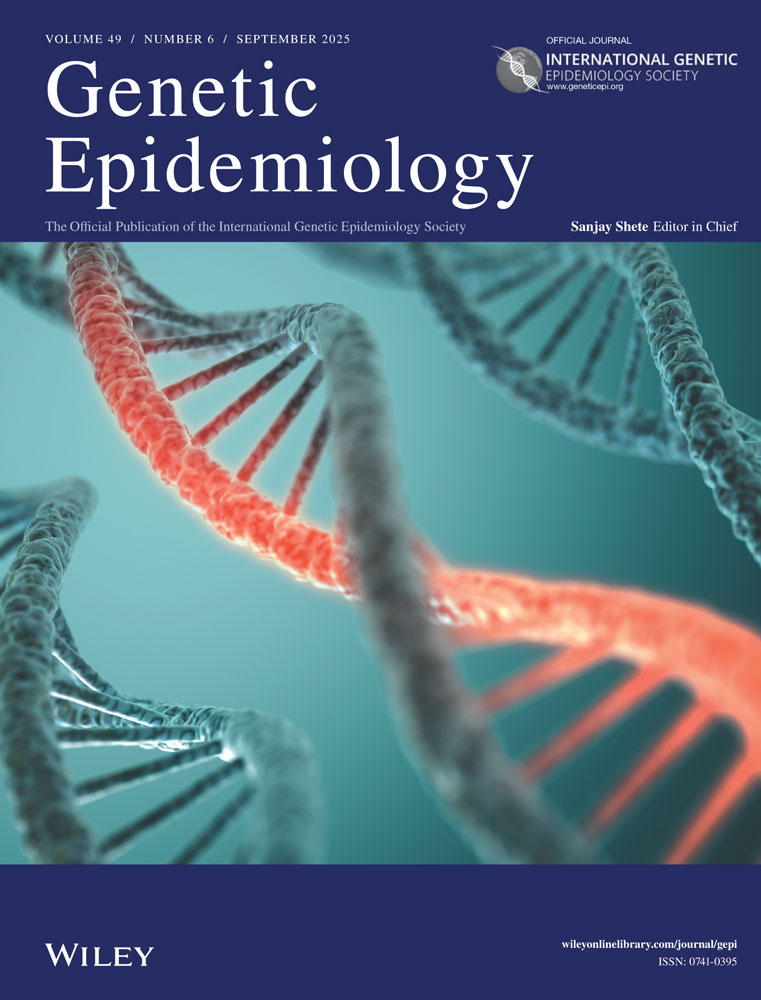Method for calculating risk associated with family history of a disease
Abstract
A method is described for estimating excess relative risks of a disease from familial factors. Beginning with population-based series of cases and controls, a cohort of each subject's relatives is formed and checked for disease against a population based registry. The disease experience of the cohort formed from each subject's relatives is summarized as a kinship-weighted familial standardized incidence ratio (FSIR). The FSIR's are used as exposure estimates in conditional linear excess relative risk models, which may be used not only to screen for significant familial disease aggregations, but also to estimate relative risks, population attributable risks, and gene-environment interactions. The method is demonstrated on 4083 breast cancer cases from Utah and a set of matched controls. ©1995 Wiley-Liss, Inc.




